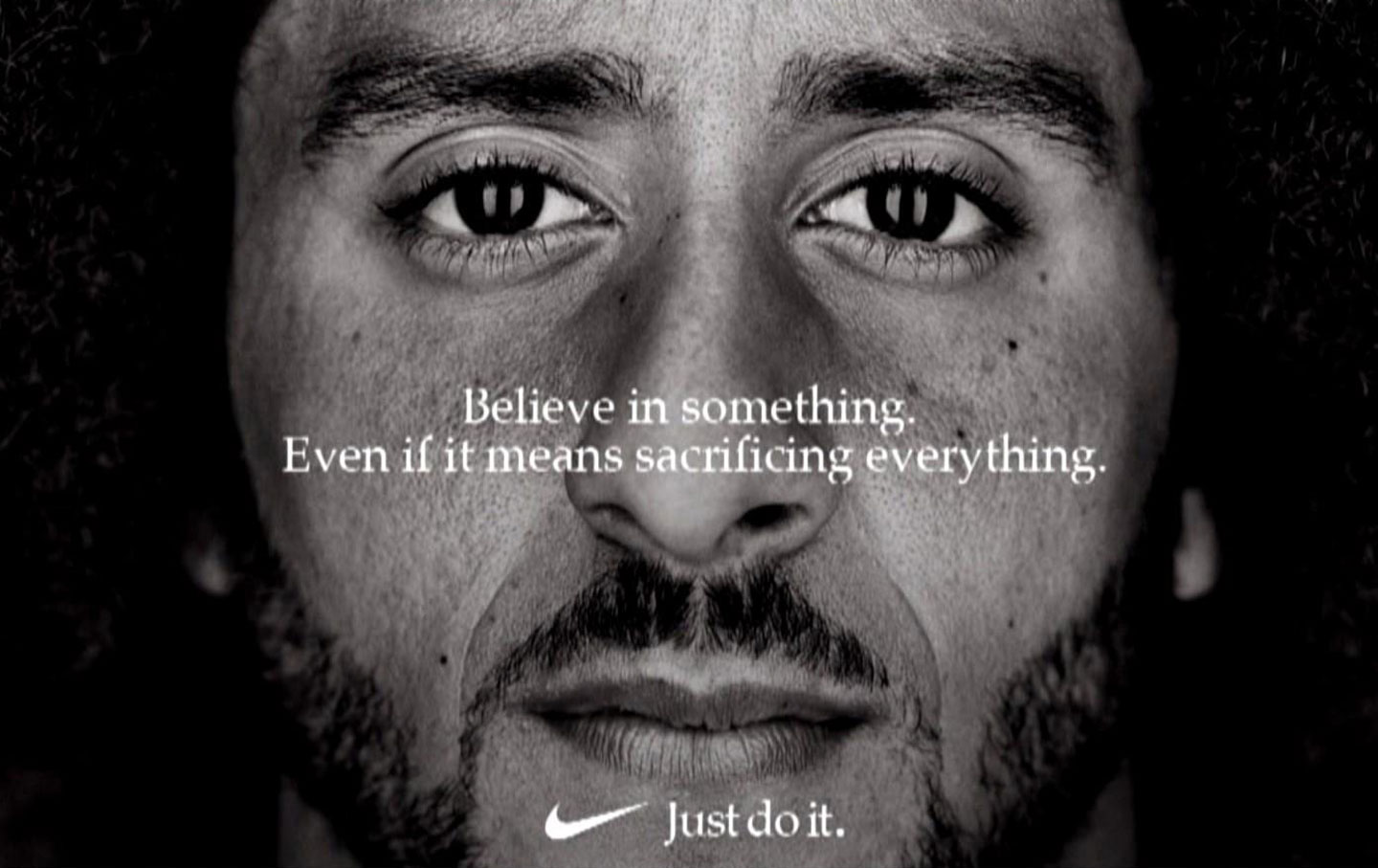Choosing Colin Kaepernick to be the face of Nike is surely a powerful message sent to the world – but it’s also a clear risk taken by the brand. While you won’t see Kaepernick’s face show up in the sports news or the Betway app anytime soon, he will surely appear in many news and perhaps even ads in the future, stirring the waters even further.
Believe in something, even if it means sacrificing everything. #JustDoIt pic.twitter.com/SRWkMIDdaO
— Colin Kaepernick (@Kaepernick7) September 3, 2018
The pictures of burning sneakers and cut logos are not something that can truly damage the bottom line of a major sportswear brand like Nike – it is yet to be seen, in turn, how this controversial choice will influence its future sales (probably not that much, but this is a story for another time). Nike, in turn, is not the first brand to take a controversial decision when choosing advertising campaigns – like the ones below.
Brutally Refreshing (Sprite, 2016)
Back in 2016, Coca-Cola has started a “brutally refreshing” campaign to promote its lime-flavored soda, Sprite. Unfortunately, the campaign slogans went a bit too far, with the locals considering them a bit too honest – and sexist. The slogans used by the campaigns included, among others, the following:
- “She’s seen more ceilings than Michelangelo”
- “A 2 at 10 is a 10 at 2”
- “You are what you eat. Funny, I don’t remember eating a sexy beast.”
Many local media personalities, along with their fans and a major portion of the general population expressed their aversion to this “banter” campaign that went a bit too far, threatening to boycott the product. Finally, Coca-Cola backtracked, retracting the controversial ads in the country.
#Weaccept (Airbnb – 2017)
Last February, Airbnb set a goal for itself to provide temporary housing to at least 100,000 people in need – refugees, disaster survivors, and relief workers, among others – as part of its #Weaccept campaign, while also contributing $4 million to the International Rescue Committee to support the most critical needs of displaced populations globally. The campaign was in part a reaction to US president Donald Trump’s travel ban, with the advertising clip attached to the campaign showing a series of faces of all nationalities that “should be equally accepted” in the US.
The reactions to the campaign – which was more than a bit risky, and attracted quite a lot of criticism – were mostly positive, increasing Airbnb’s world image and gaining worldwide support.
Coolest monkey (H&M – January 2018)
Race and skin color is a sensitive topic in the Northern Hemisphere today – brands are expected to use extreme caution when choosing their models for their websites and advertising campaigns in order not to offend anyone. Fast fashion brand H&M didn’t – and it faced a major backlash episode early this year. The scandal was triggered by a simple image of a black boy wearing a green H&M hoodie… with the text “Coolest monkey in the jungle” printed on its front.
The outrage that followed the publication of the image (which was probably totally unintentional) swiped across the world, engulfing celebrities like Canadian singer The Weeknd, US rapper Diddy, model and activist Sir Maejor, and hordes of raging (former) customers.







